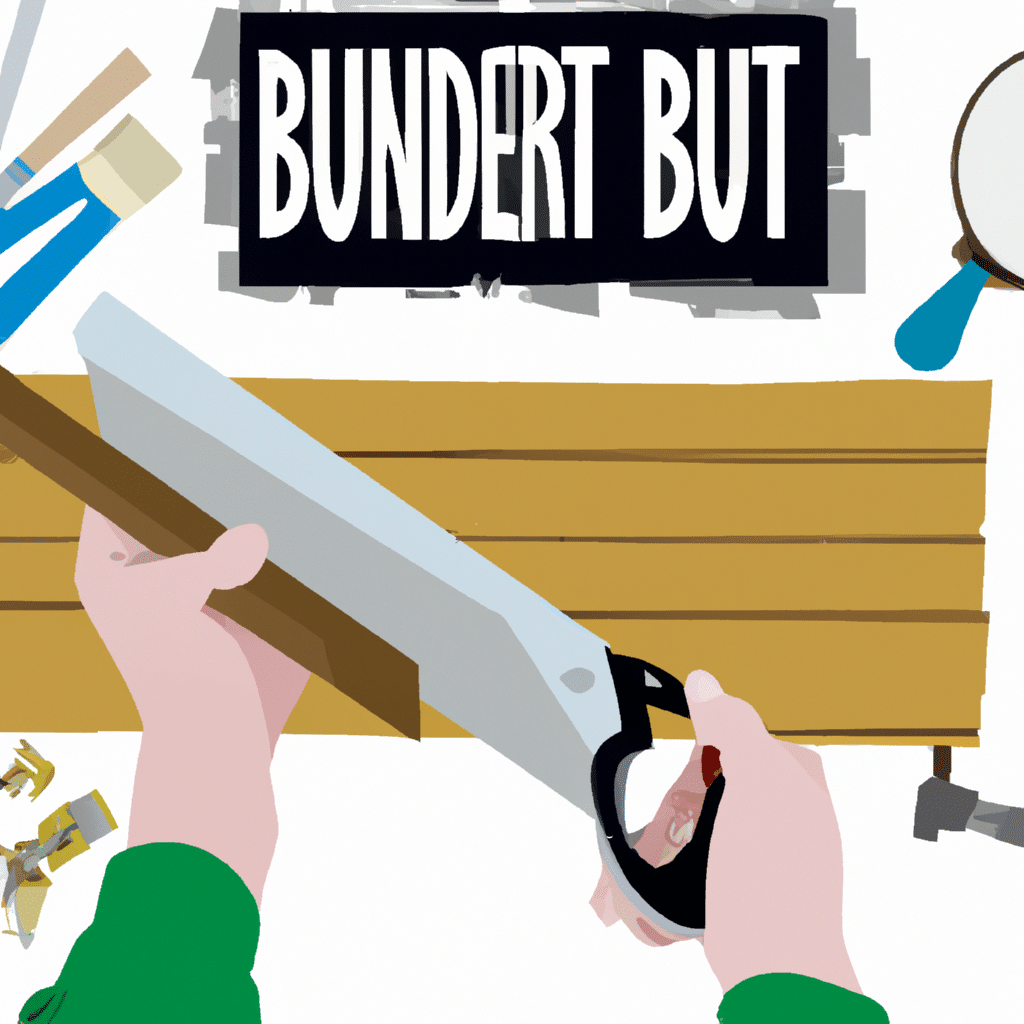Woodworking is a beloved hobby for many, but it can often come with a hefty price tag. From expensive tools to high-quality materials, the costs can quickly add up. However, woodworking doesn’t have to break the bank. With some creativity and resourcefulness, you can achieve stunning results on a budget. In this article, we will explore affordable materials and techniques that will help you create beautiful woodworking projects without draining your wallet.

1. Reclaimed Wood: Beauty in Imperfection
One of the best ways to save money on woodworking projects is by using reclaimed wood. This is wood that has been salvaged from old furniture, barns, or other structures. Not only does reclaimed wood add character and a rustic charm to your projects, but it also helps reduce waste and promotes sustainability.
When working with reclaimed wood, keep in mind that it may require some extra preparation. You may need to remove nails, clean the wood, and possibly even repair or replace damaged pieces. However, the effort is well worth the savings and the unique look it brings to your creations.
2. Plywood: Versatile and Cost-Effective
Plywood is a budget-friendly material that is widely used in woodworking. It is made by layering thin sheets of wood veneer and bonding them together with adhesive. Plywood is known for its strength and stability, making it an excellent choice for both structural and decorative elements.
When purchasing plywood, opt for a higher grade with few defects. This will ensure better quality and durability in your projects. Additionally, consider using veneer plywood, which has a thin layer of real wood on the surface, giving it a more natural and appealing appearance.
3. Upcycling: Breathing New Life into Old Furniture
Instead of buying new materials, why not repurpose old furniture or items? Upcycling is a great way to save money and unleash your creativity. Look for old dressers, tables, or cabinets that can be transformed into unique pieces of woodworking art.
By sanding, painting, or staining, you can give new life to these forgotten treasures. Add some custom hardware or decorative elements to truly make them your own. Not only will you save money, but you’ll also have one-of-a-kind pieces that will impress your friends and family.
4. Hand Tools: Simplicity and Affordability
While power tools can make woodworking tasks faster and more efficient, they can also be quite expensive. If you’re on a tight budget, consider using hand tools instead. Hand tools are not only more affordable, but they also offer a sense of craftsmanship and precision that power tools often lack.
Invest in some essential hand tools such as chisels, hand saws, planes, and clamps. With the right technique and practice, you can achieve professional-looking results without the need for expensive machinery. Remember to keep your tools in good condition by sharpening and maintaining them regularly.
5. DIY Jigs and Templates: Precision at a Fraction of the Cost
Jigs and templates are invaluable tools for achieving precise cuts and shapes in woodworking. While you can buy ready-made jigs, making your own is a cost-effective alternative. By using scrap wood or inexpensive materials, you can create custom jigs specific to your project’s requirements.
Whether you need a jig for straight cuts, angles, or curves, there are plenty of online resources and tutorials available to guide you through the process. By investing a little time and effort into making your own jigs, you’ll save money and have the flexibility to create unique designs.
6. Affordable Finishes: Beauty on a Budget
The right finish can elevate your woodworking projects and give them a professional look. Luckily, there are several affordable options available that can achieve stunning results. Consider using water-based finishes, which are often less expensive than their oil-based counterparts.
Polyurethane and varnish are popular choices for protecting and enhancing the natural beauty of wood. They provide a durable and glossy finish that will make your projects stand out. Alternatively, you can experiment with stains and dyes to add color and depth to your creations.
7. Learning Resources: Expand Your Knowledge for Free
Lastly, take advantage of the wealth of knowledge available online and at your local library. There are countless tutorials, blogs, and forums dedicated to woodworking that can help you learn new techniques and gain inspiration. Many of these resources are free and provide valuable insights from experienced woodworkers.
Additionally, consider joining a woodworking community or attending local workshops. These opportunities allow you to connect with fellow enthusiasts and learn from their experiences. By continuously expanding your knowledge, you’ll become a more skilled woodworker and find even more ways to work within your budget.
In conclusion, woodworking on a budget is not only possible but also rewarding. By utilizing affordable materials such as reclaimed wood and plywood, repurposing old furniture, using hand tools, creating DIY jigs, and exploring affordable finishes, you can achieve stunning results without breaking the bank. Take advantage of the plethora of learning resources available and continuously improve your skills. With a little creativity and resourcefulness, you’ll be able to create beautiful woodworking projects that will impress others and bring you joy for years to come.
Remember, woodworking is about the process and the satisfaction of creating something with your own hands. Embrace the challenges, learn from your mistakes, and enjoy the journey of turning raw materials into works of art. Happy woodworking on a budget!








